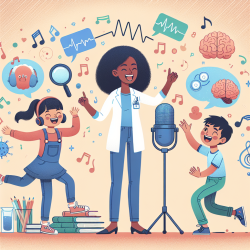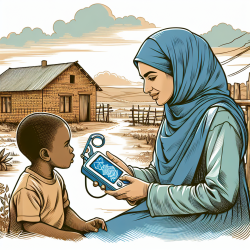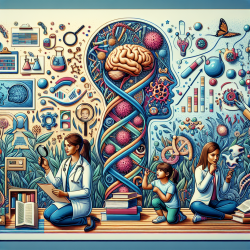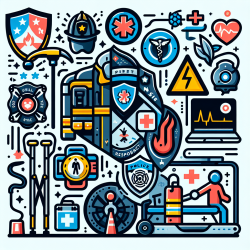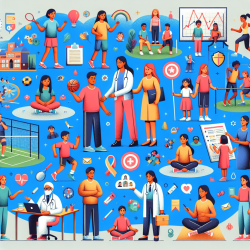Unveiling the Power of the Pictorial Ecological Momentary Well-Being Instrument (EMOWI) for Adolescents
As a speech-language pathologist dedicated to improving outcomes for children, you understand the importance of evidence-based practices. Recent research has introduced a groundbreaking tool that could transform how we assess adolescent well-being: the Ecological Momentary Well-Being Instrument (EMOWI). This innovative tool, designed specifically for adolescents, offers a real-time glimpse into their mental health, capturing the nuances of their emotional landscape throughout the day.
Why EMOWI Matters
Adolescence is a period marked by significant emotional reactivity and ongoing development of emotion-regulation skills. Traditional well-being assessments often fail to capture the dynamic nature of adolescent emotions. This is where the EMOWI shines, providing a momentary assessment that aligns with the Ecological Momentary Assessment (EMA) methodology. By utilizing EMOWI, practitioners can gather fine-grained data on how environments, behaviors, and health intersect, offering a more comprehensive understanding of adolescent well-being.
Data-Driven Insights from EMOWI
The research behind EMOWI demonstrates its robust psychometric properties. The 8-item pictorial scale has shown excellent face validity, with a confirmatory factor analysis supporting a single-factor hypothesis. With high internal consistency (Cronbach’s alpha = 0.85) and intraday test-retest reliability (ICC = 0.83), EMOWI stands out as a reliable tool for assessing adolescent well-being.
Moreover, the qualitative findings favor the pictorial version over the verbal one, highlighting its intuitive comprehensibility and engagement among adolescents. This preference underscores the potential of pictorial scales to enhance motivation and understanding, particularly in populations with varying literacy levels.
Practical Applications for Practitioners
Integrating EMOWI into your practice can provide several benefits:
- Real-Time Monitoring: Capture intraday variations in adolescent well-being, allowing for timely interventions.
- Enhanced Engagement: The pictorial format is more engaging for adolescents, leading to more accurate self-reports.
- Comprehensive Assessment: EMOWI covers affective, cognitive, and social aspects of well-being, providing a holistic view.
By adopting EMOWI, you can enhance your practice's ability to support adolescents in navigating their emotional landscapes, ultimately leading to better outcomes.
Encouraging Further Research
The development of EMOWI represents a significant step forward in adolescent mental health assessment. However, further research is needed to explore its application in diverse cultural contexts and its potential integration with digital health interventions. As a practitioner, you can contribute to this growing body of knowledge by implementing EMOWI in your practice and sharing your findings with the broader community.
To delve deeper into the research and explore the full potential of EMOWI, I encourage you to read the original research paper: Creation and validation of the pictorial ecological momentary well-being instrument (EMOWI) for adolescents.




